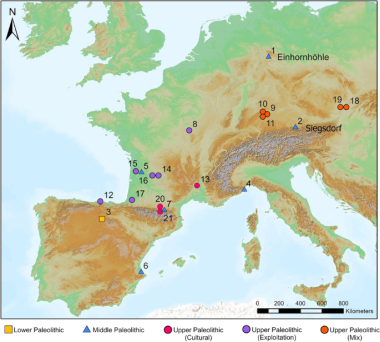Medical AI could be ‘dangerous’ for poorer nations, WHO warns (www.nature.com)



Major migration events in Holocene Eurasia have been characterized genetically at broad regional scales. However, insights into the population dynamics in the contact zones are hampered by a lack of ancient genomic data sampled at high spatiotemporal resolution. Here, to address this, we analysed shotgun-sequenced genomes from...
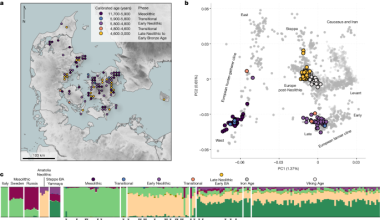
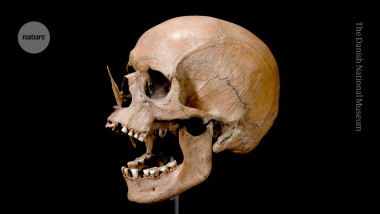

Abstract...
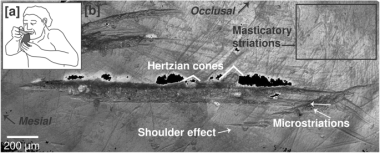
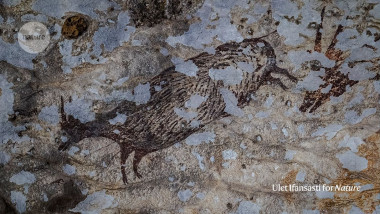
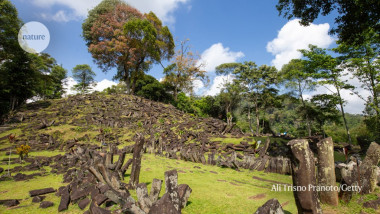
Data regarding the subsistence base of early hominins are heavily biased in favor of the animal component of their diets, in particular the remains of large mammals, which are generally much better preserved at archaeological sites than the bones of smaller animals, let alone the remains of plant food. Exploitation of smaller...




During the Upper Paleolithic, lions become an important theme in Paleolithic art and are more frequent in anthropogenic faunal assemblages. However, the relationship between hominins and lions in earlier periods is poorly known and primarily interpreted as interspecies competition. Here we present new evidence for...
